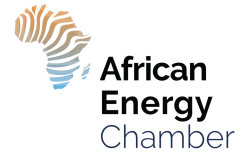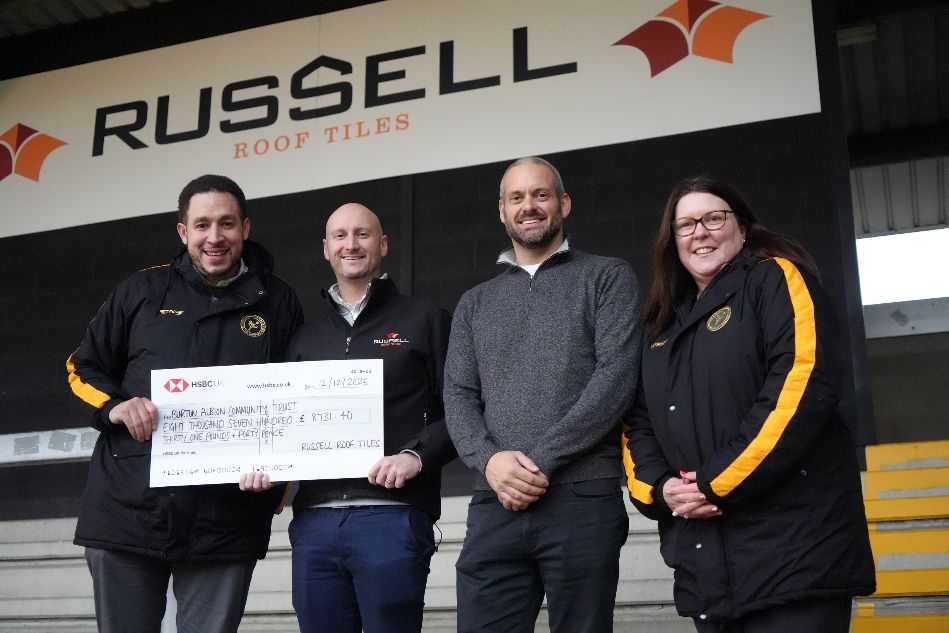Club Med is the world’s only chain of all-inclusive resorts dedicated to Green Globe certification of all properties. Almost three quarters of all Club Med Villages have been certified and last year 14 resorts have attained Green Globe Gold Membership. From Mauritius to Malaysia, Tunisia to Turkey, Morocco, The Caribbean and at home in France, these Gold Member Villages have had their sustainable operations certified for five consecutive years.
Club Med is a pioneer in tourism and has for 60 years been providing vacation experiences in touch with the culture and nature of their international destinations. Long before ecotourism and responsible travel was defined as a global movement Club Med was already setting the standard for sustainability in tourism.
“We believe at Club Med that happiness shouldn’t be at the expense of nature or others, and our sustainability program 'Globe Members' stands for this. Within this program, Green Globe Certification has recognized our long-standing commitment with the certification of 73% of our resorts worldwide. Gold membership underlines our ability to implement best practices and also to maintain that standard over time with superior know-how embedded within our teams,” explains Florian Duprat, Sustainability Certification & Projects Manager at Club Med.
Over 40 years ago, Club Med took the visionary step of building the first onsite water and treatment and recycling plant at their villages in La Pointe aux Canonniers and Cap Skirring. Today, Green Globe Gold Member Club Med Cherating use a 100% natural water treatment system that employs no chemicals, and uses only the natural filtration of specially constructed lagoons.
The Cherating Village has also integrated with the traditional architecture of Malaysian longhouses into its natural setting and manages to retain 75% of the remnant rainforest. Further environmental preservation is undertaken with a turtle protection program in partnership with the Malaysian fishing department. To protect these endangered marine creatures, the turtles’ eggs are collected, hatched in a protected area and the hatchlings released. This initiative delivers many more hatchings to the wild and greatly raises the turtles’ survival rate.
















